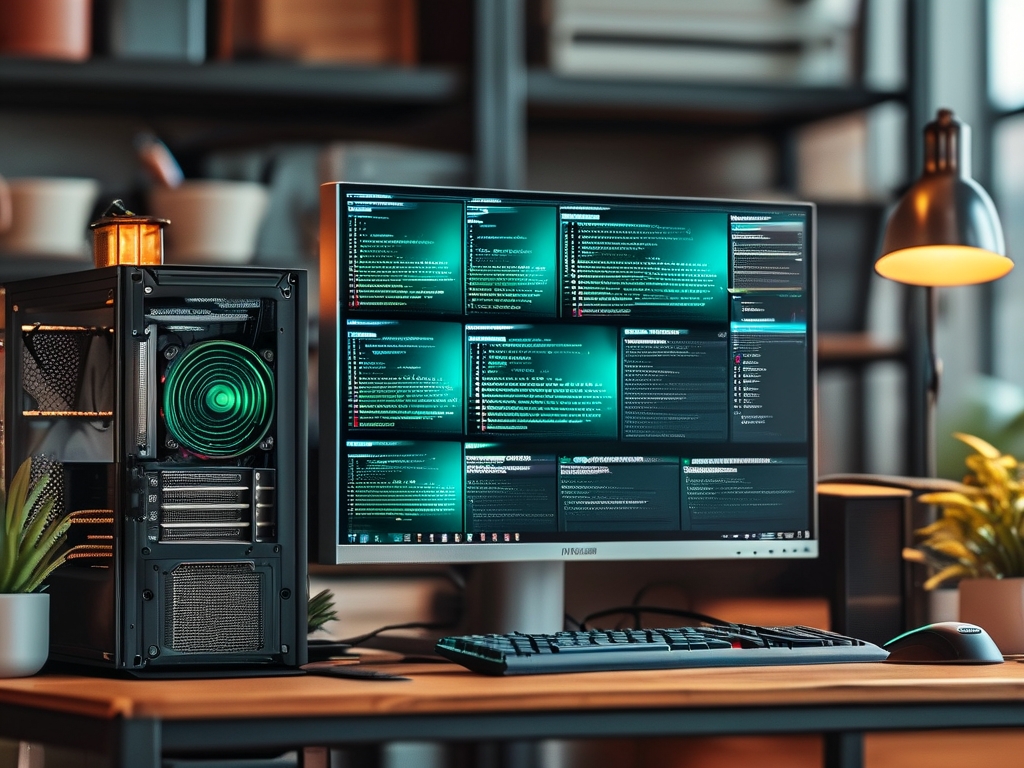Memory management is a critical aspect of modern computing systems, ensuring that applications and processes operate smoothly while optimizing performance. While software algorithms and operating systems play significant roles, hardware components are the backbone of effective memory management. This article explores the hardware mechanisms responsible for managing memory, their functionalities, and their impact on system efficiency.

1. Memory Management Unit (MMU): The Core Enabler
The Memory Management Unit (MMU) is a dedicated hardware component integrated into a computer’s central processing unit (CPU) or as a separate chip. Its primary role is to translate virtual memory addresses (used by software) into physical addresses (used by hardware). This translation enables virtual memory, a feature that allows systems to use disk storage as an extension of RAM, thereby supporting multitasking and large applications.
The MMU also enforces memory protection by isolating processes’ memory spaces. For example, if one program crashes, the MMU prevents it from corrupting data in another program’s allocated memory. Additionally, modern MMUs support paging and segmentation, dividing memory into manageable blocks to reduce fragmentation and improve access speed.
2. Cache Memory: Bridging the Speed Gap
Cache memory, though small in size, is a high-speed hardware component that temporarily stores frequently accessed data. Positioned between the CPU and RAM, it reduces latency by minimizing trips to slower main memory. Multi-level caching (L1, L2, L3) is a standard design, with L1 being the fastest but smallest and L3 being larger but slower.
Hardware-based cache controllers manage data coherence across these layers. For instance, when the CPU requests data, the controller checks the cache hierarchy first. If the data is present (a cache hit), it is delivered instantly; if not (a cache miss), the controller fetches it from RAM or storage. Advanced techniques like prefetching—predicting future data needs—further enhance efficiency.
3. RAM Modules and Memory Controllers
Random Access Memory (RAM) modules are the primary volatile storage for active processes. However, their performance depends heavily on memory controllers, which regulate data flow between the CPU and RAM. Modern systems integrate memory controllers directly into the CPU (as seen in AMD and Intel architectures) to reduce latency.
DDR4 and DDR5 RAM technologies exemplify hardware advancements in memory management. These modules support higher bandwidths and lower power consumption, while error-correcting code (ECC) memory adds a layer of reliability by detecting and correcting data corruption.
4. Hardware Support for Virtual Memory
Virtual memory relies on hardware-software collaboration. The Translation Lookaside Buffer (TLB), a cache within the MMU, accelerates address translation by storing recent virtual-to-physical mappings. Without the TLB, every memory access would require a full page table lookup, drastically slowing down the system.
Page tables, managed by the operating system but hardware-assisted, define the mapping structure. Some architectures, like x86-64, use multi-level page tables to handle vast address spaces efficiently. Hardware interrupts, such as page faults, trigger OS interventions to load missing data from disk into RAM.
5. Emerging Technologies: From NUMA to Heterogeneous Memory
Non-Uniform Memory Access (NUMA) architectures address scalability challenges in multi-processor systems. In NUMA, each processor has local memory, reducing contention for shared resources. However, accessing remote memory (attached to another processor) incurs higher latency, requiring sophisticated hardware-aware scheduling.
Heterogeneous memory systems, combining DRAM, SSDs, and emerging technologies like Intel Optane Persistent Memory, are redefining memory hierarchies. Hardware must now manage varying speeds, persistence, and capacity tiers. For example, memory tiering controllers automatically migrate hot data to faster storage layers.
6. Challenges and Future Directions
Despite advancements, hardware memory management faces challenges. Memory leaks caused by faulty hardware (e.g., defective RAM sticks) can destabilize systems. Additionally, security vulnerabilities like Rowhammer—exploiting DRAM weaknesses to alter adjacent memory—require hardware-level mitigations.
Looking ahead, innovations like processing-in-memory (PIM) aim to reduce data movement by embedding compute units near memory arrays. Quantum computing may also introduce novel memory architectures, though this remains speculative.
Hardware components form the foundation of efficient memory management, enabling features like virtual memory, caching, and multi-tiered storage. As computing demands grow, so does the need for smarter, faster, and more secure hardware solutions. From MMUs to NUMA architectures, these technologies ensure that memory resources are allocated, protected, and optimized—ultimately shaping the performance and reliability of every digital system.

